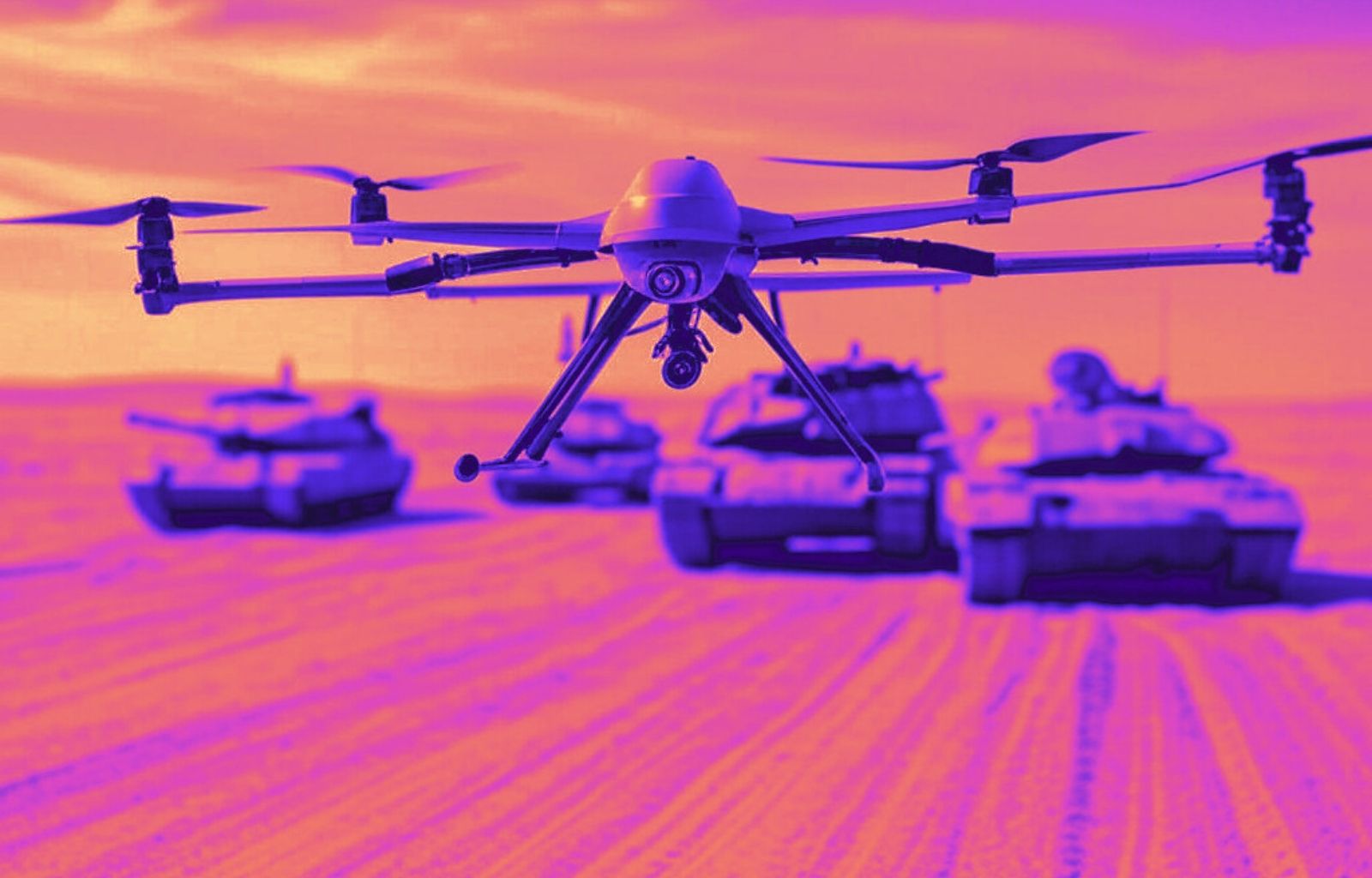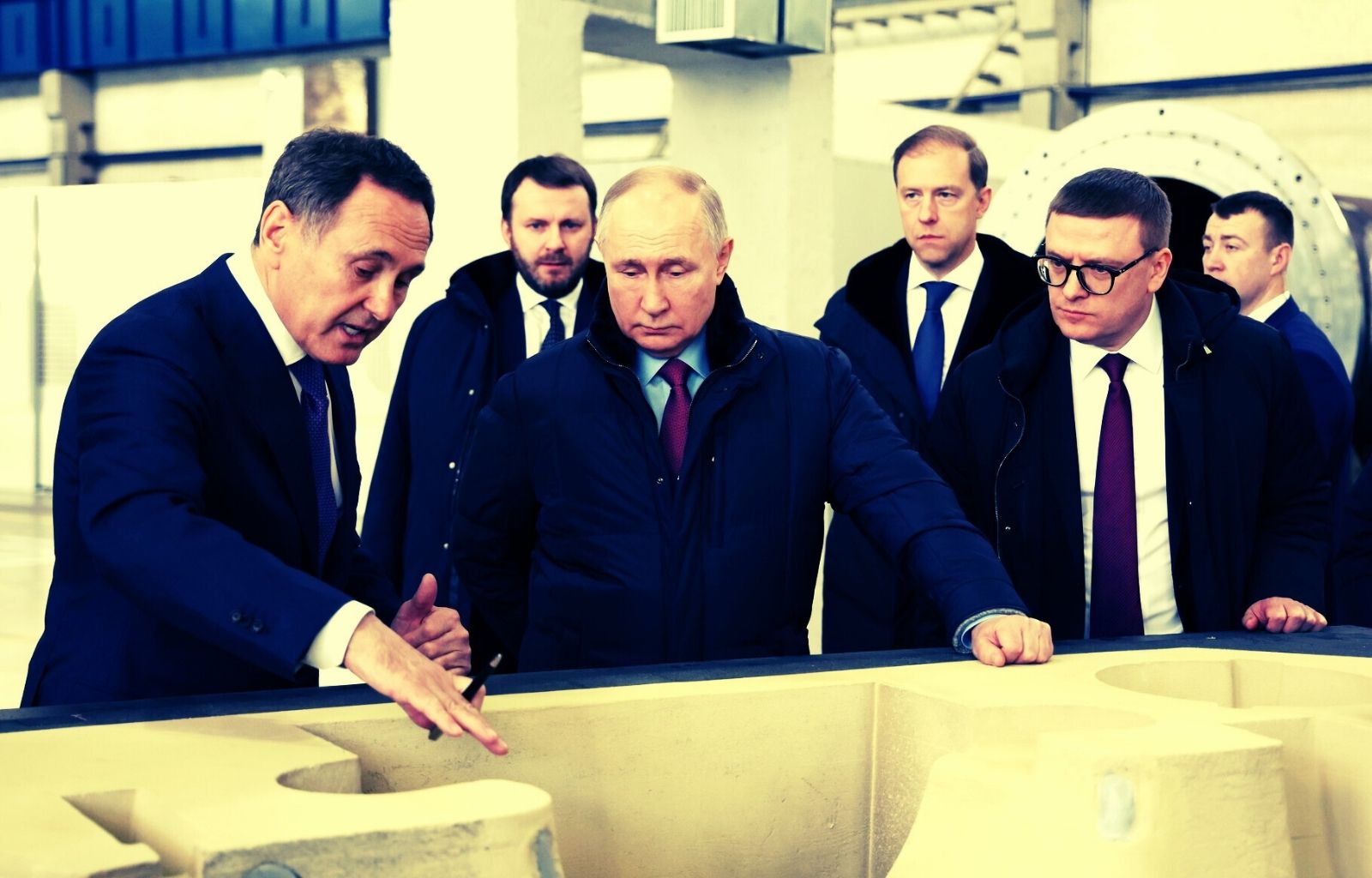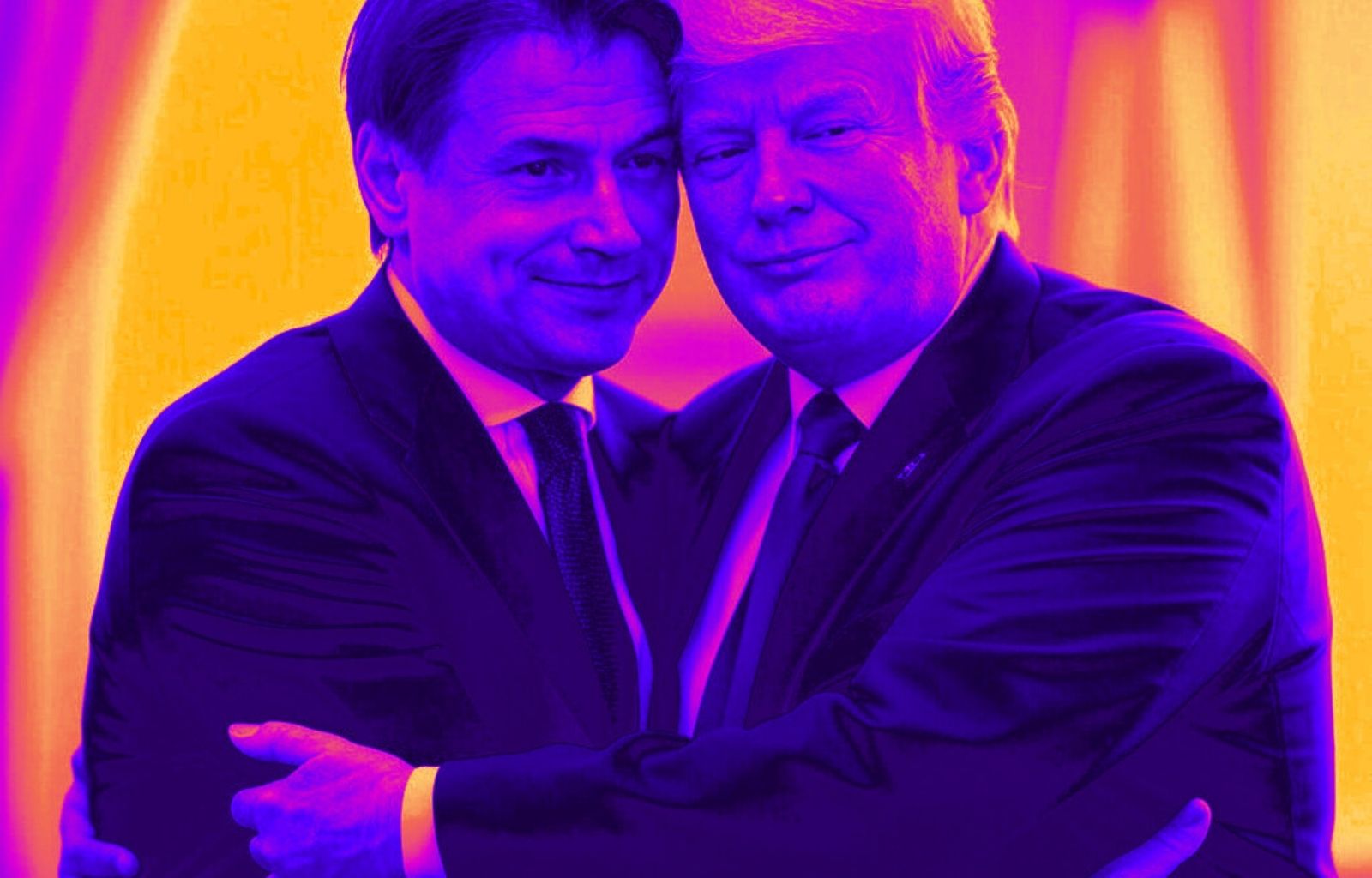AI, drones, and algorithmic supremacy: the new face of warfare

Chance creates unpredictable coincidences, capable of forever changing the course of human society. One such coincidence is undoubtedly the temporal overlap between the war in Ukraine and the rapid spread of artificial intelligence: in future history books (whatever format they may take), 2022 will likely be remembered as a turning point in how humans wage war. Put simply, the way war is fought in Ukraine today is immeasurably different from what it was on February 24, 2022.
It is no longer just about soldiers and tanks but about advanced algorithms capable of analyzing data in real-time, predicting enemy moves, and guiding autonomous drones to their targets. The conflict has become a true experimental laboratory for a new era of warfare, where technological dominance matters more than numerical superiority. And this, ultimately, is an inevitable evolution in an era marked by demographic decline.
AI and Drones: The New Face of War
One of the most striking developments in AI use in Ukraine is the widespread deployment of intelligent drones. Ukraine employs autonomous drones equipped with computer vision systems that can identify and attack targets even under electronic jamming conditions, when communications are disrupted. Thanks to this innovation, drones can complete their missions independently if they lose signal.
The use of drone swarms represents another leap forward: small aircraft that coordinate in real-time, exchanging information and quickly identifying targets. Even more sophisticated are AI-driven kamikaze drones, capable of recognizing and tracking targets without human intervention, minimizing enemy reaction time. In this context, the power of tanks becomes secondary to the availability of increasingly advanced algorithms.

AI and Data Analysis: The Heart of Modern Warfare
Beyond drones, AI is revolutionizing intelligence gathering and analysis. Ukraine leverages satellite imagery, radio interceptions, and even social media data to anticipate Russian military moves. Algorithms detect movement patterns and help concentrate attacks on strategic points with previously unimaginable precision.
Integrating data on military supplies, vehicle traffic, and economic transactions allows Ukraine to predict where the next attacks might occur. This approach significantly shortens the time between target identification and military action, increasing operational effectiveness.
The Centrality of Software
Traditionally, military superiority was measured by the number of soldiers, tanks, and firepower. Looking ahead, the real differentiator will increasingly be algorithms: the ability to process information quickly and reliably is a crucial strategic advantage. Even two armies equipped with identical hardware can achieve vastly different outcomes if one of them has an AI system capable of analyzing data faster and making better decisions.
In independent journalist John Harris’s documentary (linked below), a practical example illustrates this contrast: two armies with the same arsenal, but one supported by AI and the other without. The AI-powered army identifies targets in minutes through automated satellite image analysis, instantly shares intelligence via cloud databases, and benefits from software that suggests optimal strategic moves. The other army, to achieve the same results, requires far more personnel, suffers from the inevitable delays of human coordination, and lacks the ability to share intelligence in real-time with remote operators. In short, warfare is no longer just about hardware; it now largely depends on software superiority.
Western Support and the Role of Big Tech
The Ukrainian military’s AI capabilities are particularly effective due to collaboration with Western tech companies. Palantir, specializing in data analysis and military intelligence, provides advanced battlefield monitoring software. Microsoft and Amazon offer cloud computing services to process vast amounts of data quickly, while the Pentagon is developing Project Convergence, an AI platform that integrates sensor, drone, and satellite data into a single operational interface.
This technological support gives Ukraine a crucial strategic advantage, helping it offset, at least partially, the disparity in military and human resources compared to Russia.
Russia’s Response and the Future Battle for AI Dominance
Naturally, Russia is also striving to enhance its capabilities, though its current solutions appear less advanced than Ukraine’s. The deployment of Iranian-supplied Shahed-136 kamikaze drones aims for large-scale attacks, but these drones lack the operational autonomy of Ukraine’s AI-driven systems.
The Russian government is investing heavily in electronic warfare and jamming technologies to disorient enemy drones and is refining ballistic calculation algorithms to improve missile and artillery precision. For now, despite Moscow’s efforts, Ukraine maintains an edge thanks to its rapid tech integration and indispensable Western support. However, the strategic partnership between Russia and China will significantly impact Russia’s capabilities in the coming months, something that must be considered in future negotiations.
“Whoever controls AI will control the world,” Vladimir Putin is reported to have said, as noted by John Harris. And he may be right: AI development is reshaping global power dynamics.
Ethical Debate: Will AI Make War More or Less Human?
The increasing use of AI in warfare raises major ethical concerns. Some fear that greater automation will make conflicts easier to initiate and, consequently, more frequent. Others argue that well-trained algorithms could reduce human error, identifying military targets more precisely and limiting collateral damage.
However, the question of accountability remains: if a machine decides when and how to strike, who is responsible for potential war crimes or fatal mistakes? The prospect of commanders blindly relying on AI, without fully understanding its assessments—or lacking the means to challenge them—fuels debates over how much human oversight is truly necessary.
The growing automation of weapon systems raises increasingly pressing concerns: how far should critical decisions be delegated to AI? Some experts insist on maintaining human control over final decisions, especially in authorizing attacks. Yet, there is a risk that AI’s speed will make decision-making so rapid that human involvement becomes a mere formality.
As artificial intelligence advances, weapons are becoming increasingly capable of killing without meaningful human supervision, prompting disturbing questions about how wars will be fought in the near future. Additionally, autonomous weapons systems could weaken accountability for violations of international law.
Denise Garcia, a professor of political science and international affairs, explores these grim realities in her new book, The AI Military Race: Common Good Governance in the Age of Artificial Intelligence. The book delves into the challenge of “creating a global governance framework” to anticipate a world where AI-based weapons proliferate uncontrollably, against the backdrop of a deteriorating legal and normative order—a world that increasingly resembles the reality we live in today.
The Future of Autonomous Warfare
Many strategic analysts agree: there is no stopping the advancement of AI in military applications. The race toward automation is already underway, and no major power seems willing to slow down. In the coming years, we will witness an exponential increase in autonomous weapon systems capable of assessing and executing attacks without human oversight. This trend presents legal and ethical challenges in a context where international law will constantly struggle to keep pace with technological progress. The real question is no longer whether AI will become integral to warfare, but how it will be managed to prevent it from spiraling out of control.
The Future of War: Algorithmic Superiority
In short, the future of war will be dominated by artificial intelligence, where algorithmic superiority will be more decisive than traditional military hardware. The era of purely “physical” wars is ending: the balance of power among global superpowers is increasingly dependent on who possesses the best neural networks, the most updated databases, and the fastest processors. The United States, China, and Russia are already accelerating their AI-driven arms race. Meanwhile, in this domain, European countries (with the obvious exception of Ukraine) remain dangerously behind.












